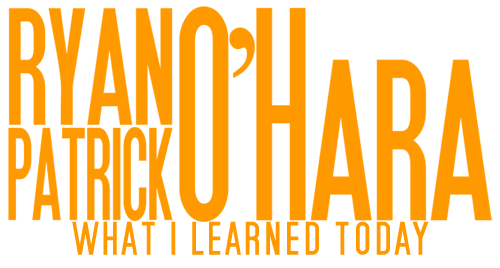Saving Private Ryan begins with a truly harrowing 25-minute depiction of the carnage and chaos experienced by the soldiers storming Omaha Beach. Both Spielberg and Kaminski sought to infuse the sequence with a high degree of realism, and studied newsreels and documentaries shot by combat cameramen in order to capture a true sense of the insanity and frenetic panic of war.
"We wanted to create the illusion that there were several combat cameramen landing with the troops at Normandy. I think we succeeded in emulating the look of that footage for the invasion scenes, which we achieved with both in-camera tricks and other technological means. First off, I thought about the lenses they had back in the 1940s. Obviously, those lenses were inferior compared to what we have today, so I had Panavision strip the protective coatings off a set of older Ultraspeeds. Interestingly, when we analyzed the lenses, the focus and sharpness didn’t change very much, though there was some deterioration; what really changed was the contrast and color rendering. The contrast became much flatter. Without the coatings, the light enters the lens and then bounces all around, so the image becomes kind of foggy but still sharp. Also, it’s much easier to get flares, which automatically diffuses the light and the colors to a degree and lands a little haze to the image.
If I had two cameras running on a scene, I’d mismatch the lenses on purpose, using one with coated Ultraspeeds and one without coatings. That gave us a certain lack of continuity in picture quality, which suggested the feeling of things being disjointed.
Next, we shot a lot of the film with the camera’s shutter set at 45 or 90 degrees. The 45-degree shutter was especially effective while filming explosions. When the sand is blasted into the air, you can see every particle, almost every grain, coming down. That idea was born out of our tests, and it created a definite sense of reality and urgency."
- Janusz Kaminski
"During the tests on the backlot at Universal, Steven was talking about this one shot in Empire of the Sun in which he shook the camera to get the effect he wanted. With that in mind, the best boy, Bob Anderson, attached an electric drill to the pan handle of a fluid head and locked an oblong bolt with an eccentric washer in the chuck. When activated, it created a wobbling movement and the camera shake we wanted."
- Jim Kwiatkowski (Key Grip)
"It’s a great effect, but you certainly can’t handhold the camera with a drill attached to it. Plus, your eye is constantly bopping against the viewfinder. So for handheld work, we used Clairmont Camera’s Image Shaker, which is an ingenious device. You can dial in the degree of vibration you want with vertical and horizontal settings, and mount it to a handheld camera, a crane, whatever. It’s heavy, but my camera operator, Mitch Dubin, did some amazing handheld work with it. At first we used it very conservatively, like when there was an explosion or a tank rolling by, but after seeing dailies, we just dialed it in and out as Mitch ran with the camera"
- Janusz Kaminski
"I also used another technique that Doug Milsome [BSC] utilized on Full Metal Jacket [see AC Sept. 1987] where you throw the camera’s shutter out of sync to create a streaking effect from the top to the bottom of the frame. It’s a very interesting effect, but it’s also scary because there’s no way back [once you shoot with it]. It looked great when there were highlights on the soldier’s helmets or epaulets because they streaked just a little bit. The amount of streaking depended on the lighting contrast. If it was really sunny, for instance, the streaking became too much. However, if it was overcast with some little highlights, it looked really beautiful. The streaking also looks fantastic with fire, and that’s what Milsome primarily used it for in Full Metal Jacket... "
- Janusz Kaminski
Kaminski employed Panavision Platinum and Panastar cameras throughout the Private Ryan shoot, and had Samuelson Film Services in London prepare one unit with a purposely mistimed shutter in order to create the described streaking effect. Used in combination with a narrow shutter, however, the effect was negated as the shortened shutter interval fell within the moment that the film was in its stationary position. Due to this anomaly, however, the "streaking" camera could also be used for normal shooting provided that the shutter was set between 45 and 90 degrees.

No comments:
Post a Comment
I am always open to relevant, professional feedback, opinions and critical critique.
go raibh maith agat!
-Ryan